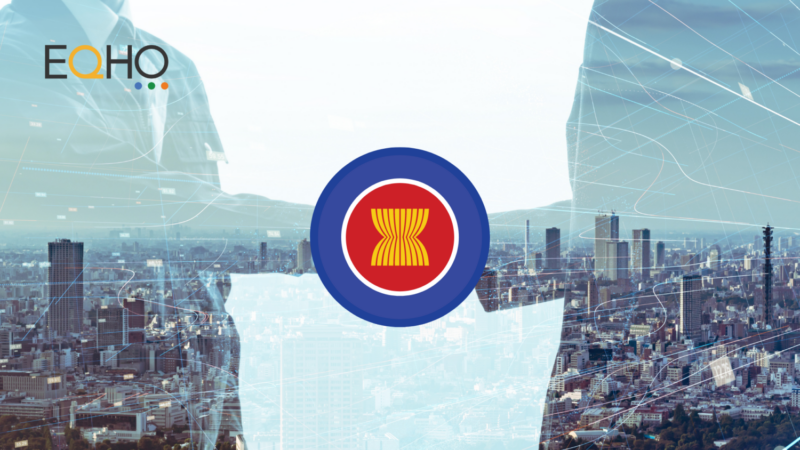Machine translation (MT) involves using computer software to translate from one language to another.
The main benefits of MT over using a purely human approach are cost savings and speed, as it not only improves productivity, but also allows firms to drive further improvements in profit margins as custom MT engines mature.
There are two main types of MT – statistical MT and rule-based MT engines – and they both have relative merits for firms in need of localization services.
Statistical MT
These systems have no knowledge of language rules, instead the computer 'learns' from large quantities of translation data (language corpus). For example, this data could be millions of strings (sentences) of a chosen language pair (such as English > Thai, or Chinese > Japanese). This process is known as training the engine, so it is able to develop an understanding of how the two languages interact.
The big benefit of statistical MT is the translations are usually more fluent than rule-based engines, but because there is no knowledge of language rules, consistency can be an issue. However, statistical translations will not be out of context or lack a specific writing style. Customizing the engine effectively is essential, as you must be able to define and refine the writing style, change the preferred terminology and target audience as the process evolves and alter the purpose of the custom engine. Data should be gathered from a small group of quality, trusted sources, while a focus should be placed on the quality of the information.
Rule-based MT
Unlike statistical MT, rule-based engines use language and grammar rules, alongside a dictionary filled with common words, to carry out effective translations. Syntactic processing, semantic interpretation and contextual processing of language are among the rules used. Depending on the complexity of the source material, specialist industry-specific dictionaries can be developed and incorporated.
This process will typically deliver consistent translations with accurate terminology, while errors can be adjusted safely by making changes to user dictionaries. For rule-based translations to be truly effective, time and effort has to be spent on developing extensive translation lexicons. This means that, initially at least, there can still be a lot of manual labor involved in getting the system up and running, which could be costly in the long run.
MT vs human translators
While human translators are more likely to create a higher standard of translation, for companies with vast amounts of content, it is not feasible to employ translators to carry out all of their localization work without the help of technology. Not only would it be too costly, it would simply take too long. For example, a single server can translate more in one minute than a human can translate in one day.
Software is able to work 24/7, and there are no restrictions about how many hours it can work in a week, but the level from MT engine alone is not always acceptable – it really depends on the quality of the MT engine, the subject matter and the quality expectations of the target audience. The best results are achieved by combining MT with professional MT post-editors, and in the right circumstances, the results can be impressive. While it may take time to set up a customized engine, once an MT engine is fine-tuned and you have experienced MT post-editors on board, it’s possible to achieve vast throughputs of acceptable translations, at lower prices in much shorter periods of time.



